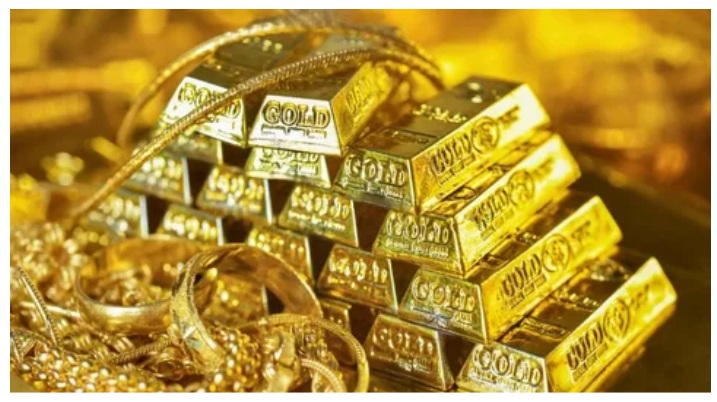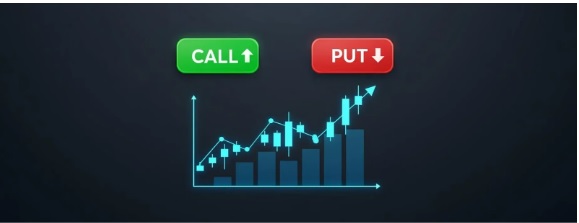Gold has remained a coveted asset in India for centuries. Be it cultural traditions, weddings, or investment purposes, gold holds intrinsic value for Indian households. Its price fluctuations year-wise have been the subject of keen observation by investors, especially given its role as a hedge against inflation and economic uncertainty. In this article, we will explore how gold rates have changed year by year for Indian investors, focusing on trends, factors affecting prices, and regional specifics such as gold price today in Punjab for 1 tola.
Gold Rates Year Wise: A Historical Perspective
The changes in gold rates year-wise in India reflect global trends combined with domestic peculiarities. Over the past two decades, gold rates year wise have consistently risen, with occasional dips caused by market corrections. This steady growth has reaffirmed gold as a reliable investment vehicle.
2000-2010: The Initial Boom in Gold Prices
At the start of the 21st century, gold was priced modestly compared to modern rates. In 2000, the gold rate hovered around ₹4,400 per 10 grams. However, the following decade saw a sharp increase fueled by several factors:
- Global Economic Uncertainty: The 9/11 attacks in 2001 and the subsequent wars in Iraq and Afghanistan triggered geopolitical instability, pushing gold prices upward.
- The 2008 Financial Crisis: One of the most significant economic events of the decade, this crisis led to a surge in gold investments. People perceived gold as a “safe haven asset,” and its price skyrocketed. By 2010, gold rates had climbed to approximately ₹18,500 per 10 grams. This decade marked the beginning of gold as a preferred long-term investment for Indians, not merely as jewelry but as a financial tool.
2011-2020: Roller-Coaster Years for Gold Prices in India
The second decade of the 21st century was characterized by mixed trends in gold rates year-wise, influenced heavily by global financial conditions and policy changes.
Early Years: Growth Continues
By 2012, gold had reached a price of ₹29,000 per 10 grams, driven by inflationary pressures and high demands in emerging markets like India and China. The weakening of the Indian rupee against the US dollar during this time further elevated gold rates domestically.
Mid-Decade Price Correction
Between 2013 and 2015, gold went through a rough patch. The rates dipped below ₹25,000 per 10 grams due to:
- The strengthening of the US dollar
- Improvements in global economic conditions
- Reduced demand for gold in India after government-imposed regulations aimed at curbing imports.
This period saw Indian investors exploring alternatives, yet gold remained an essential asset, especially for long-term wealth preservation.
Late Decade Surge
From 2016-2020, gold prices rebounded sharply due to a variety of factors, including:
- GST Introduction: The Goods and Services Tax (GST) reform in 2017 impacted the domestic gold trade, altering taxation structures and slightly inflating gold prices.
- Global Trade Wars: US-China tensions in the late 2010s caused instability in financial markets, encouraging investment in gold. By 2020, amid the COVID-19 pandemic, gold rates peaked at ₹50,000 per 10 grams—an all-time high—thanks to increased global demand during a period of great economic uncertainty.
2021-Today: Gold’s Trajectory Amid Modern Challenges
The post-pandemic recovery era has been both promising and complicated for gold prices. Factors such as inflation, interest rate changes in global markets, and geopolitical conflicts (such as the Russia-Ukraine war) have continued to influence gold rates year-wise for Indian investors.
2021: Stabilization
Gold prices in 2021 were relatively stable, maintaining a range between ₹46,000-₹49,000 per 10 grams. Many investors chose to hold onto their gold investments, anticipating future growth amid uncertain economic outlooks.
2022: Volatility Reigns
In 2022, gold experienced price volatility due to fluctuating international market conditions. Domestic prices mirrored these trends, reaching ₹55,000 at peak times. The weakening rupee further influenced gold’s attractiveness for Indian investors.
2023: Current Trends
This year has seen steady high gold prices. As of today, rates in India remain close to ₹58,000 per 10 grams. Regions like Punjab, where gold dominates the cultural landscape, have witnessed continuously elevated demand for the precious metal. If you search for gold price today in Punjab for 1 tola, you’ll find it aligned with national trends, approximately ₹67,000 for 1 tola (11.66 grams). Investors in Punjab, and across India, continue to trust gold for portfolio diversification and wealth security.
Regional Insights: Gold Price Today in Punjab for 1 Tola
India’s cultural diversity extends to its gold trade. Punjab, known for its rich traditions and penchant for opulence, is among the highest gold-consuming states in India. Punjabi households prioritize gold for weddings, religious ceremonies, and investment purposes, making its price movements crucial for local buyers.
Current Gold Rates in Punjab
As of today, the gold price today in Punjab for 1 tola (11.66 grams) is approximately ₹67,000. This reflects the national average with slight variations depending on local costs of delivery and purity standards. Factors influencing Punjab’s gold rates include:
- Seasonal demands during wedding and festival seasons
- Import tax policies
- Exchange rate fluctuations affecting international gold markets
Why Punjabis Prefer Gold?
- Culture and Celebrations: Gold is indispensable during Punjabi weddings, often given as gifts or crafted into intricate jewelry.
- Investment and Wealth Preservation: Like the rest of India, investors in Punjab use gold as a hedge against inflation and currency devaluation.
- Religious Sentiment: Gold ornaments often feature prominently in temple offerings, and many religious communities in Punjab buy gold regularly. For investors in Punjab, keeping an eye on gold rates year-wise provides valuable insights for making informed decisions, whether buying or selling.
Factors Affecting Gold Rates Year Wise
Gold prices don’t exist in isolation—they are influenced by a multitude of interconnected factors. Understanding these enables investors to predict trends better and optimize their investments.
- Global Crisis Events: Wars, pandemics, and geopolitical tensions lead to increased reliance on gold as a safe-haven asset, pushing prices upward.
- Inflation: Higher inflation rates enhance gold’s attractiveness as it tends to maintain or increase in value while paper currency loses purchasing power.
- Central Bank Policies: Decisions by entities like the US Federal Reserve and India’s Reserve Bank affect the demand for gold via currency strength and interest rates.
- Currency Exchange Rates: A weakening rupee or a strengthening dollar directly impacts imported gold prices in India.
- Government Policies: Taxes, import duties, and restrictions on gold trade play a key role in determining gold prices within India. By analyzing gold prices annually or regionally (e.g., gold price today in Punjab for 1 tola), investors can adjust their strategies according to current market dynamics.
The Future of Gold Prices in India
Gold’s status as a timeless investment asset in India ensures its continual demand. While short-term fluctuations are inevitable, the long-term outlook remains positive, driven by:
- Increasing consumer demand for jewelry
- Rising disposable incomes
- Economic uncertainty encouraging safe investments
For Indian investors tracking gold rates year-wise or checking regional rates (like gold price today in Punjab for 1 tola), vigilance remains key. Historical data confirms gold’s consistent upward trend, making it a formidable choice for those seeking stability and growth.
Conclusion
From modest prices in 2000 to record-breaking highs in 2023, gold rates year-wise have demonstrated their importance for Indian investors. Whether it’s safeguarding wealth during economic downturns or fulfilling cultural obligations, gold remains indispensable. Regional trends, such as the gold price today in Punjab for 1 tola, reflect the broader national narrative while highlighting localized preferences and market conditions.
Investing in gold continues to offer a way to ensure financial security in India’s dynamic economic landscape. By analyzing yearly trends and staying informed about current rates, investors can make more informed decisions regarding their gold purchases. Whether for personal use or investment, the allure of gold in India remains eternal.











